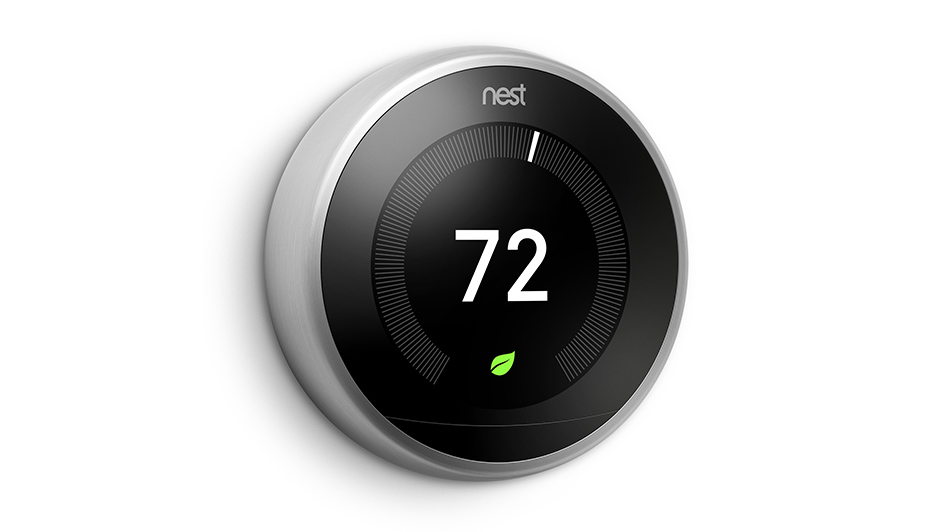
The Nest thermostat is one of the top-selling smart thermostats you can buy. And for good reason. It learns your temperature preferences and develops an energy-efficient schedule to match. And by geofencing with your phone, the Nest Learning Thermostat and Nest E are aware of when you’re at your home or gone and can change temps to help you save even more.
The Nest works with a wide range of 24-volt heating and cooling systems, but it’s always a good idea to visit the Nest thermostat compatibility checker before getting one. Don’t forget to talk with your energy company for valuable rebates, since you could be able to get a Nest for free or close to it.
Once you’ve checked it’s compatible, you can either hook it up without help or contact a HVAC pro like Smyth Air Conditioning. If you’re putting it in on your own, you’ll spot a terminal for the C-wire, or common wire. This wire is only used for powering your thermostat. If your home or HVAC system is older, you might not have one of these wires. Most of the time, Nest says this isn’t an issue since the thermostat can draw ample power from other heating and cooling wires.
In some cases, your heating and cooling system might require that C-wire. And here’s why.
Why Your Nest Keeps Losing Power and Other Malfunctions
The Google Nest Thermostat is a step up from outdated programmable thermostats that have a combination of wiring and AA batteries for power. It relies on a rechargeable lithium-ion battery and wiring to sync with Wi-Fi, power its digital display and turn on your heating and cooling system.
8 Common Nest Thermostat Issues
If it can’t get enough juice, Nest says you could run into some of these issues:
- Poor battery life.
- Thermostat motion sensing won’t operate.
- Your thermostat every now and then disconnects from Wi-Fi.
- Your system suddenly turns on or off, or won’t shut off.
- Your system is making odd noises, such as chattering, stuttering, clicking or thumping.
- Heating or cooling is short cycling, or frequently turning on and off in a short period of time.
- There is a delay notice on your Nest thermostat’s screen, such as “heating is delayed for 2:30 minutes.”
- The system fan is constantly on, won’t run or turns off and on rapidly in a short period of time.
You could believe something is suspect with your heating and cooling system, but if you just installed the Nest, we recommend you check your thermostat initially. This is especially pertinent if the weather is moderate, and you haven’t been relying on your heat or air conditioning much.
Our Pros Can Fix Nest Thermostat Troubles
If you’ve gone through Nest thermostat troubleshooting on your own but can’t fix the issue, a smart thermostat specialist including one from Smyth Air Conditioning can assist you. We can determine the issue and install a C-wire, if required.
Smart thermostats like the Nest are made to make your life easier, through automatic energy-efficient programming and the opportunity to keep an eye on settings while you’re out. It’s a time-consuming experience when yours won’t run like it should, but our heating and cooling specialists at Smyth Air Conditioning can resolve the issue in no time.
If you’re going through weird heating and cooling behavior with your new Nest, call us at 561-533-6066 to set up your appointment today.
